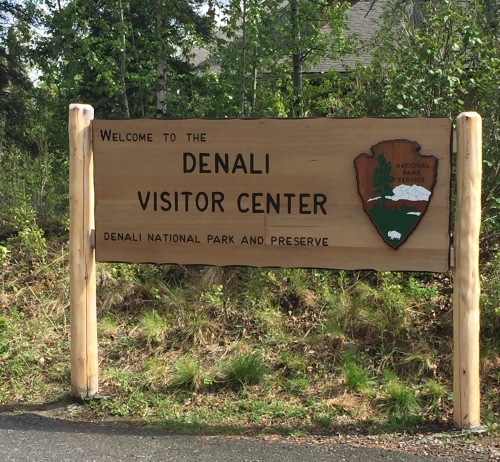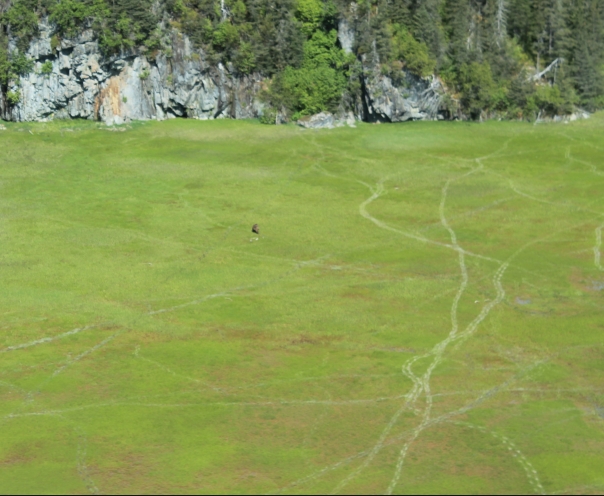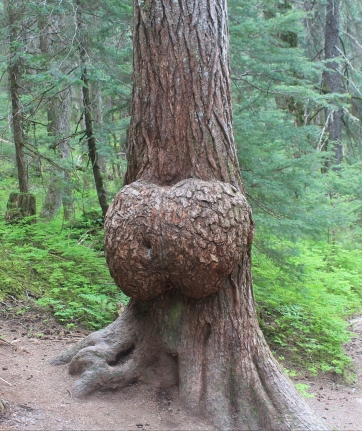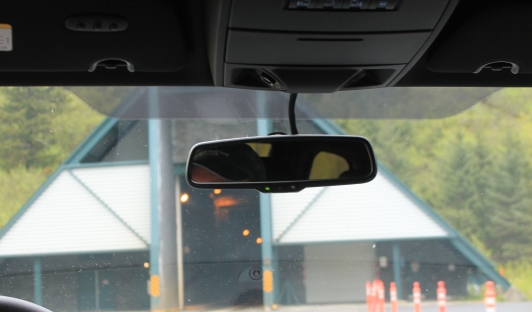
Denali, which translates roughly to “Great One,” is the name of both the tallest mountain in North America, and one of the most well-known Alaskan national parks, although Denali National Park is not the largest national park. Following our time in Sutton, we ventured north, deeper into the state, to Denali National Park, which would serve as the location for our next series of adventures in America’s last frontier. To start off our time in Denali, we set out on what I consider to take the number three spot on our Alaska trip: a full day hike off trail in Denali.

Somewhat unique among national parks, there are very few trails at Denali, mostly concentrated around the few visitor centers, and none of them are extensive. There is also only one road, and private vehicles aren’t allowed. To really see Denali, you’ll need to purchase bus tickets to get out along the park road. From there, you have two options: sit on the bus for up to eleven hours, following the park road and seeing what there is to see that way, or getting off to hike. You can ask these buses to stop at any time so that you can get off and hike, and then you just have to pick up any bus when you get back to the park road.

We did the whole sit on the bus for hours thing, but that was our second day in Denali. For our first day, we did what I had been looking forward to since I started planning our Denali hike: a full day of hiking, off trail, in Denali. We boarded the earliest bus into the park, at 0500, and ventured forth. Our bus driver had a dry sense of humor and a monotonous voice, leading my family to christen him “Batman.” When we stopped the bus around 0645 to get off to hike, his announcement to the other passengers was “they are going to join the food chain.” There were a lot of strange looks as we stepped off the bus and into the waiting forest.

I was aiming us for a low pass between two peaks: the idea was to go over the pass, and wind back around to the river, where we could re-join the park road after about ten miles of hiking. As with most plans, this one didn’t quite work out, but we had quite the adventure, nonetheless. To reach the pass, we first had to pass through a pine forest. There was a layer of loam covering the forest floor nearly a foot thick in most places: I compare it to a sort of terrestrial coral, with a layer of living moss and plant material growing atop a thick base of skeletal plant material. There was ample evidence of moose and caribou, and even some of bears, in the area, but we saw no such impressive wildlife on our hike.
After passing by a few mountain lakes, we began to make our way up the first part of the pass. Reaching the top, with its prevailing winds, was a relief, as the breeze helped dispel the swarming mosquitoes. Denali mosquitoes are large and numerous, but they seemed to not know quite what to do with us: for the number of mosquitoes we saw, we received very few bites. Although it was only 1000, we decided to have the first of our two sandwiches at that point: after all, we had been up since 0400.
As we were eating our second breakfast, in the manner of good hobbits everywhere, the wind started to pick up, and we noticed rain blowing into our area. It is commonly acknowledged that it’s always raining somewhere in Denali, and it seemed that it would soon be our turn. We decided that rather than continue up the pass, we would descend along the other side of the hill on which we stood, and make our way through a valley we saw until we reached the river. It was a fateful decision.

What the topographical map we purchased before setting out failed to convey was that the valley, which depicted a stream, was in reality an extensive marsh. I have to say, my Zamberlan boots proved to be worth the money I spent on them, allowing me to traverse the marsh without getting my feet wet, but my companions were not so fortunate. Between the rain that started to dampen us from above, and the marsh dampening us from below, there was a considerable dampening of spirits as we tromped our way through the valley. It didn’t help that my family was admittedly not quite so enthusiastic about the whole off-trail hiking experience as I was.
With the weather seeming likely to remain less than ideal, and the marsh having bogged down what enthusiasm there had been, the decision was made to arrow through another pass that would take us more quickly back to the road. Traversing the marsh had reduced out speed to a crawl, so although it had been two hours since we had our second breakfast, we had covered a distressingly minute distance. At our pace, it would have taken into the dinner hour to reach the road, if we tried to attain our originally intended access point.

Leaving the marsh behind was a relief all around, although the pass we chose was steep and dense with brush in places. After achieving the top of the pass, we caught a glimpse of the park road, given away by a bus winding along it in the distance, which helped to rejuvenate the flagging spirits of my family members. We made much better time in our descent, following natural trails we found winding through the forest, and around 1415, we successfully returned to the park road. Before long, we had caught a ride on a bus, and were on our way back to civilization.
The rest of my family would probably disagree about this hike taking the number three spot, and it probably doesn’t do wonders for my credibility on this blog that I can’t convince my own family of the magic inherent to off-trail hikes like this. To me, there is something uniquely exciting about hiking like that, and I have every intention of one day returning to Denali to backpack into the more remote areas of the park.
This slideshow requires JavaScript.
63.069169
-151.006984





































